While Grammy and Pops motored out of St. Augustine to hold down the fort in Pensacola, we blazed a trail of historic firsts through the Carolinas.
On April 12, 1861, a 10-inch mortar erupted from Fort Johnson on the shore of James Island, SC, and exploded over Fort Sumter in the middle of Charleston Harbor, the first shot of a bloody civil war that would rage for four years. On April 10, 2016, a 36-foot motorhome rumbled out of Florida and exploded on the scene in the middle of James Island County Park, SC, the first move in an enjoyable visit that would last 3 nights.
19th-century Confederate soldiers laid siege to Fort Sumter with cannon fire and mortars from Fort Moultrie on Sullivan’s Island, in addition to Fort Johnson. Our 21st-century assault on Fort Sumter launched from the Charleston mainland.

The colorful Charleston Battery receded in the distance as we motored past the USS Yorktown.
A Confederate flag flying over Castle Pinckney reminds even the uninitiated that troubled waters flowed in mid-19th century Charleston Harbor.
Fort Sumter looms at the harbor entrance, its original 3-story walls destroyed by artillery fire during the Union’s efforts to retake the fort in 1863 and 1864.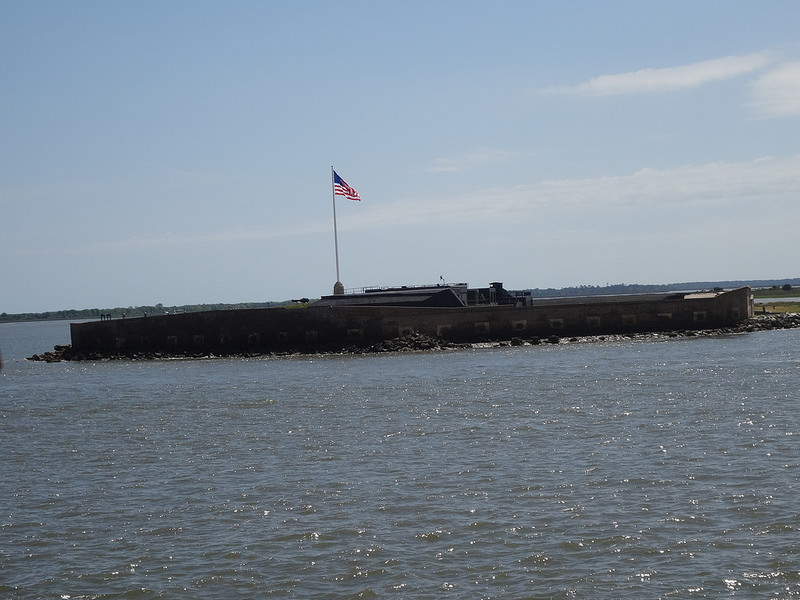

Union artillery shells remain embedded in the interior brick walls.

 About 170 miles north of Fort Sumter and 85 years earlier, Patriots outside of Wilmington, NC, secured their first victory of the Revolutionary War, routing Southern Loyalists and a contingent of British regulars at the Battle of Moore’s Creek Bridge.
About 170 miles north of Fort Sumter and 85 years earlier, Patriots outside of Wilmington, NC, secured their first victory of the Revolutionary War, routing Southern Loyalists and a contingent of British regulars at the Battle of Moore’s Creek Bridge.
 Scots, some charging only with broadswords, comprised most of the Loyalist troops.
Scots, some charging only with broadswords, comprised most of the Loyalist troops.
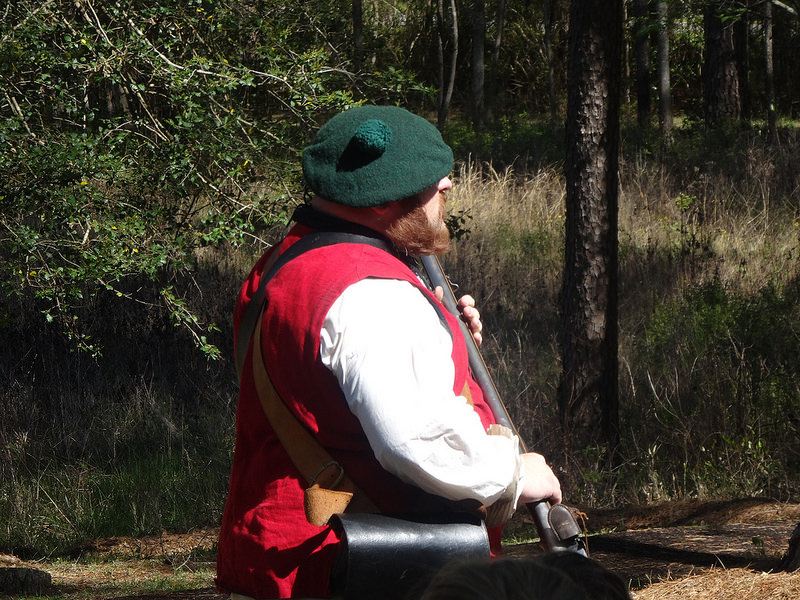 They encountered well fortified Patriots at the bridge.
They encountered well fortified Patriots at the bridge.

More than 30 killed and wounded fell to the ground or plunged into the swiftly moving water of Moore’s Creek.
The battle signaled the resolve of the Patriots, squelched the enthusiasm of local Loyalists to oppose the Revolution, and effectively shielded North Carolina from seeing further action for most of the rest of the War. It also prompted numerous memorials to the victorious, the dead, and those that cleaned up the bloody mess.

 About 15 miles southeast of Moore’s Creek Bridge, Battleship North Carolina guards the Cape Fear River across from downtown Wilmington.
About 15 miles southeast of Moore’s Creek Bridge, Battleship North Carolina guards the Cape Fear River across from downtown Wilmington.


Commissioned in April 1941, Battleship North Carolina became the first of ten fast battleships to join the fleet in WWII.


 While the North Carolina lays claim to being the first fast battleship of the U.S. Navy, the entire state proudly asserts at every opportunity, “First in Flight.” Indeed, the Wright Memorial commemorates the historic flight of the Wright Brothers 1903 “Flyer” over the sands of Kitty Hawk, NC. We arrived on Wilbur’s 149th birthday.
While the North Carolina lays claim to being the first fast battleship of the U.S. Navy, the entire state proudly asserts at every opportunity, “First in Flight.” Indeed, the Wright Memorial commemorates the historic flight of the Wright Brothers 1903 “Flyer” over the sands of Kitty Hawk, NC. We arrived on Wilbur’s 149th birthday.


The Wright Flyer conquered sustained flight by developing a wing-warping system that allowed controlled turns.
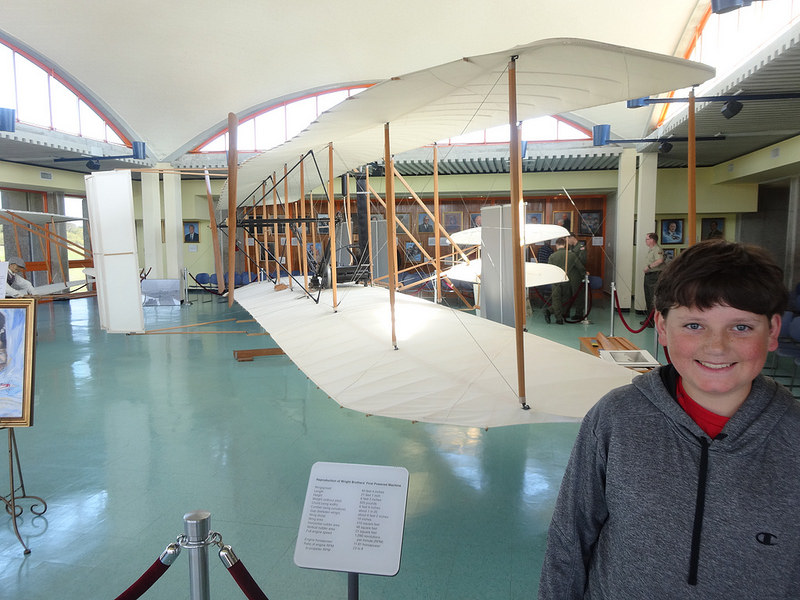
It all came together on December 17, 1903, with the brothers making four successively longer flights. Flight 4 flew 852 feet in 59 seconds.



 Inspired by the Wright Brothers’ determination and the high winds that made Kitty Hawk famous, M3 launched his first flight of a two-line stunt kite over the dunes of Jockey’s Ridge State Park.
Inspired by the Wright Brothers’ determination and the high winds that made Kitty Hawk famous, M3 launched his first flight of a two-line stunt kite over the dunes of Jockey’s Ridge State Park.
As shown below, this thing really moves out.
We all had to give it a go.

 Some were more successful than others.
Some were more successful than others.
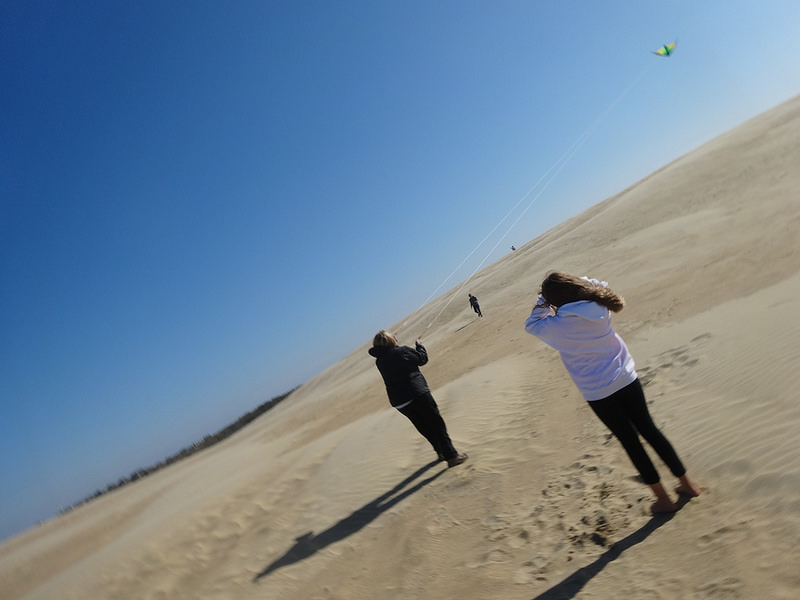

A quick trip to the Bodie Lighthouse and Cape Hatteras National Seashore completed our stay in the Outer Banks and our tour of historic firsts in the Carolinas.




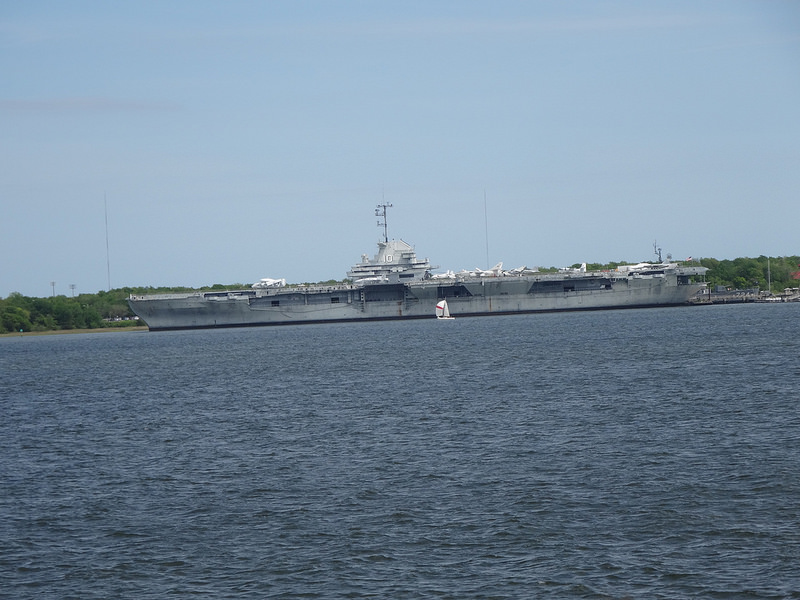







That’s a great story! We have a McCrary revolutionary war soldier ancestor buried in Clinton, S. C.
Glad you all survived the battles!